NASA continues to study issues that caused Artemis 1 launch scrub
Original Publication Date: 2022-08-29 21:08
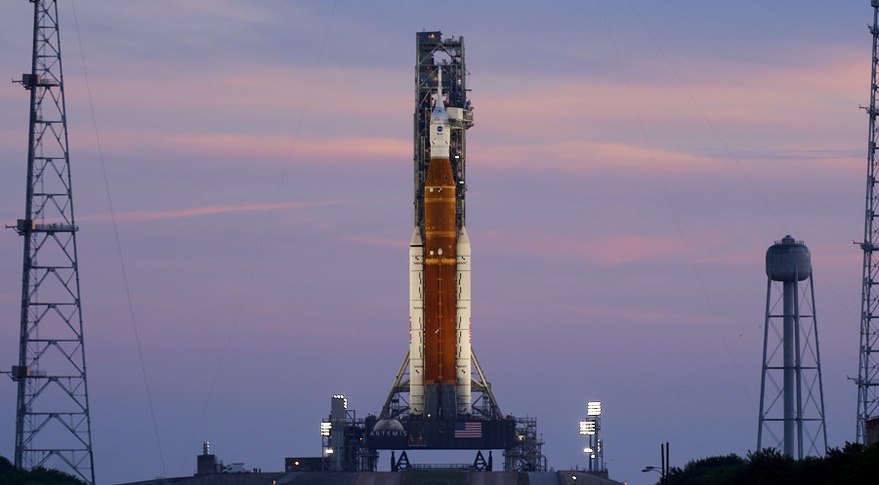
NASA officials say they are keeping open the possibility of attempting another launch. The Artemis 1 mission could launch as soon as Sept. 2. The initial launch attempt Aug. 29 was scrubbed due to two technical issues. The agency is still examining the root cause of the postponed launch.
Astra to sell electric thrusters to Airbus OneWeb Satellites
Original Publication Date: 2022-08-30 09:58
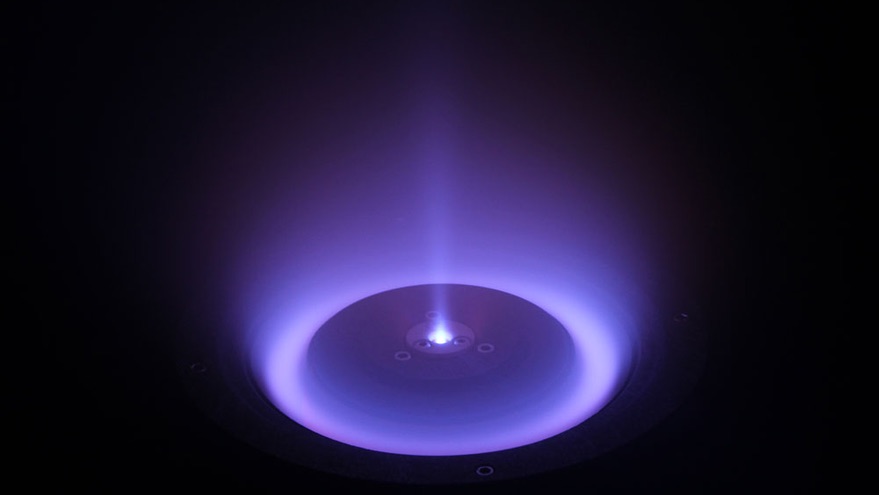
Astra Space announced it won a contract from Airbus OneWeb Satellites. The company will provide electric propulsion systems for the Arrow line of small satellites. Astra Spacecraft Engine is an electric thruster that uses xenon or krypton as propellants. The thruster was originally developed by a startup, Apollo Fusion.
Direct-to-cell startups welcome Musk’s arrival
Original Publication Date: 2022-08-29 22:24

SpaceX plans to connect phones beyond the reach of cell towers in the U.S. As soon as next year. Beta services would initially be limited to basic messaging, with voice and data capabilities coming at an unspecified future date. It is the latest space-related market that Musk is seeking to disrupt.
Ursa Major wins $3.6 million U.S. Air Force contract to flight-qualify rocket engine
Original Publication Date: 2022-08-31 12:08
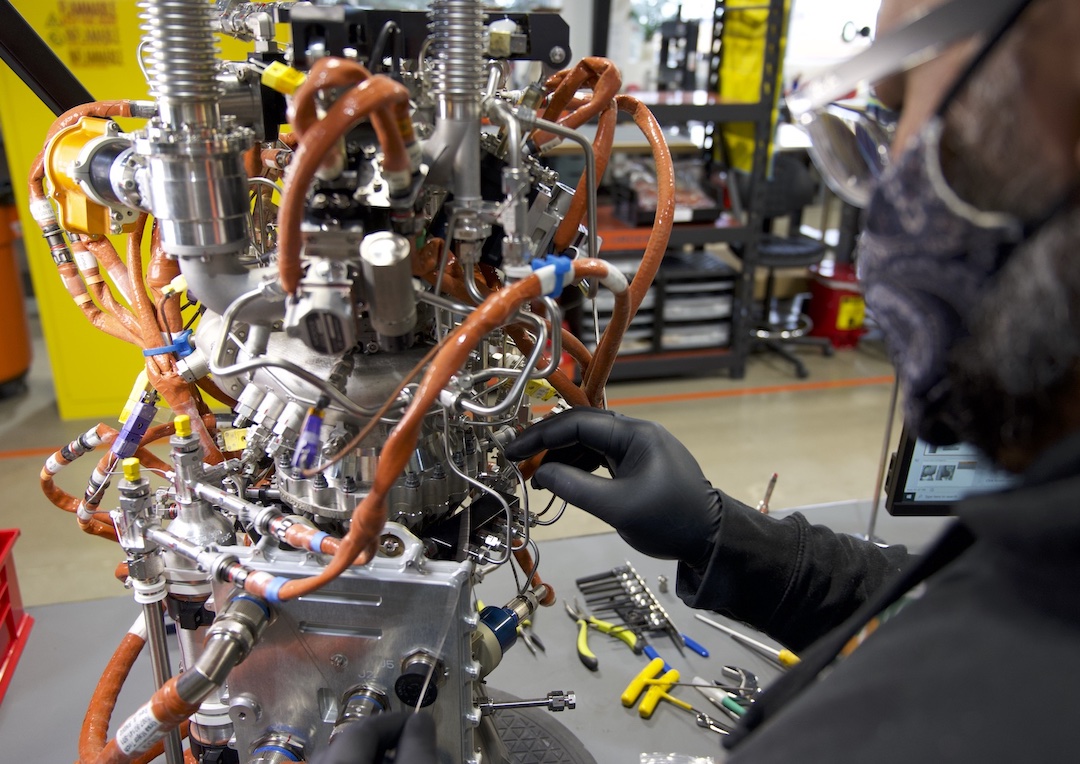
Rocket propulsion startup Ursa Major announced Aug. 31 it won a U.S. Air Force contract. The $3.6 million deal is a small business innovation research contract. Ursa Major is producing about 30 Hadley engines a year for the Air Force and several commercial customers.
U.S. looking to encourage more countries to join ASAT testing ban
Original Publication Date: 2022-08-31 10:56

U.S. Vice President Kamala Harris announced April 18 that the United States would refrain from conducting direct-ascent anti-satellite (ASAT) tests. Harris called such debris-generating activities “reckless and irresponsible” Her speech was timed to influence discussions at the first meeting of a U.N. Open-Ended Working Group.
Chinese megawatt-level space nuclear reactor passes review
Original Publication Date: 2022-08-31 10:31
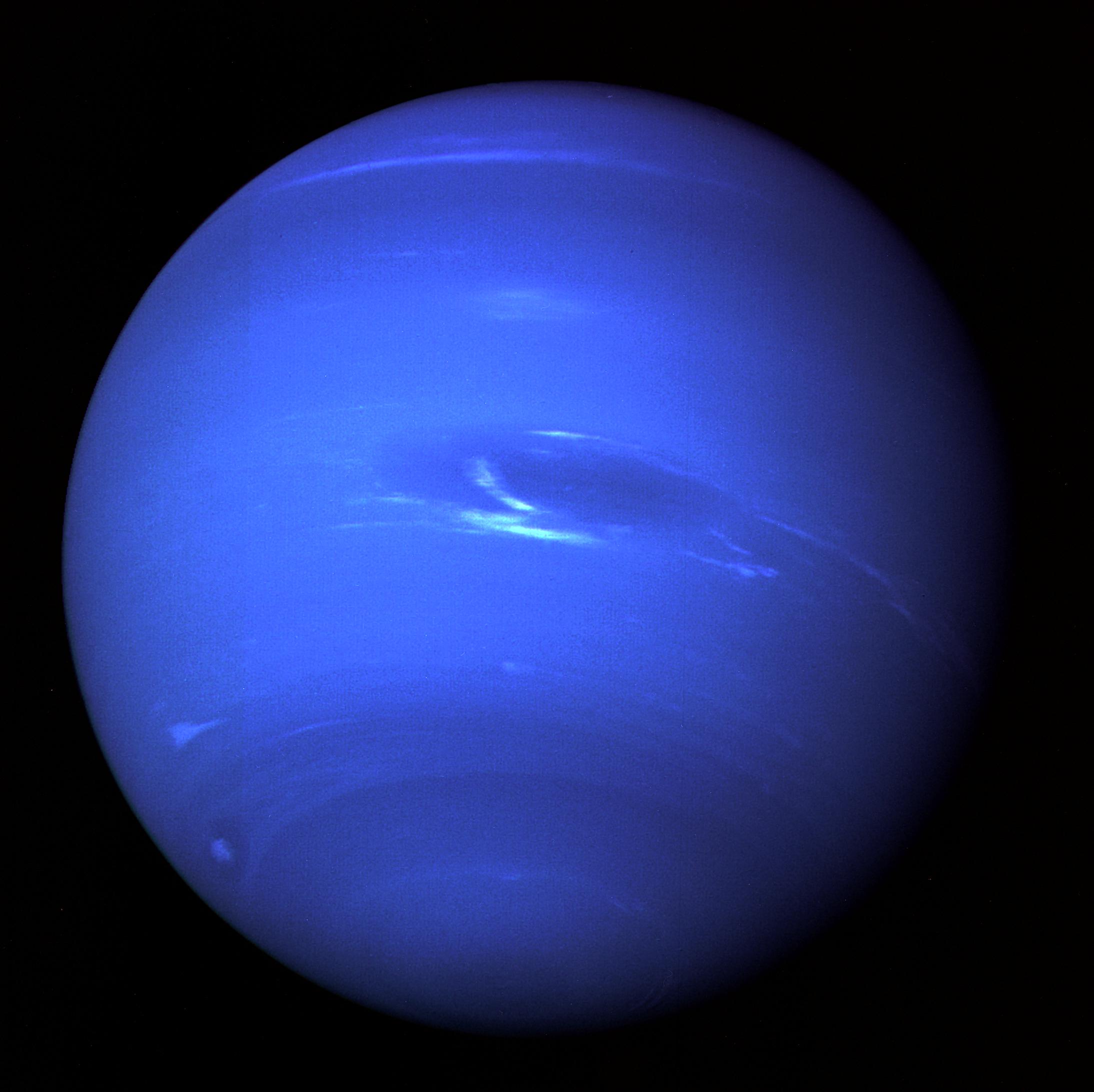
Chinese nuclear reactor for providing power and propulsion in outer space. Reactor can generate one megawatt of electricity for spacecraft power supply and propulsion. Project passed a comprehensive performance evaluation by China’s Ministry of Science and Technology. No technical details nor plans for use of the nuclear power system were stated.
Next Artemis 1 launch attempt set for Sept. 3
Original Publication Date: 2022-08-31 02:08
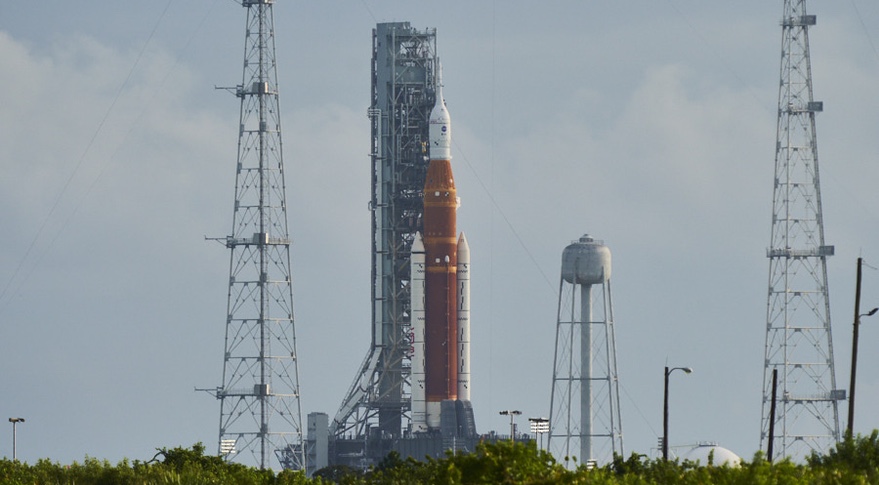
NASA reschedules next attempt to launch the Artemis 1 mission for Sept. 3. A faulty temperature sensor may be at the root of the problem that scrubbed the first launch attempt. One reason for the additional delay is to give engineers time to work on a hydrogen leak.
NASASpaceFlight.com
The SSLV or Small Satellite Launch Vehicle conducted its launch debut from Sriharikota, India on Sunday, August 7 at 03:48 UTC. An issue with the fourth stage resulted in the satellites being deployed in an unusable orbit. The SSLV program’s genesis was a December 2015 National Institute of Advanced Studies proposal to create a “Small Satellite Launch Vehicle-1”
Commercial Archives
SpaceX has launched another batch of Starlink satellites into orbit on their Starlink Group 3-4 mission. The Falcon 9 Block 5 lifted off at 10:40 PM PDT on Tuesday, August 30 (05:40 UTC on Wednesday, August 31) This mission marked SpaceX’s 39th mission of 2022–a mission every 6.13 days.
International Archives
The first of three sequenced missions to return humanity to the lunar surface will not be launched until at least September 2. The first launch attempt was scrubbed due to an issue with Engine 3’s bleed system. The mission will be the first to orbit the moon since 1972.
Chinese Long March 3B Launches APStar-6C Communications Satellite – Spaceflight101

China conducted a rare commercial launch of a Long March 3B rocket with the APStar-6C communications satellite for APT Satellite Holdings to join their constellation of Geostationary Communications Satellites. Long March 3B lifted off from the Xichang Satellite Launch Center at 16:06 UTC on a mission of under half an hour to lift the spacecraft into an elliptical Geostationary Transfer Orbit.
Blue Origin’s New Shepard Reaches new Heights in latest Test Flight – Spaceflight101

Blue Origin returned to its West Texas testing grounds on Sunday for the eighth flight of its reusable New Shepard launch system. The mission was designed to expand the vehicle’s operational envelope by sending it to a peak altitude of 107 Kilometers, a new record for New Shepard. Sunday’s flight marked the second for this particular set of hardware, following up on the successful December 2017 mission that debuted “Crew Capsule 2.0”
News – Spaceflight101

Europe's Copernicus satellite fleet is gearing up for the arrival of its next addition on Wednesday. A Russian Rockot booster is set to blast off from the Plesetsk Cosmodrome at 17:57 UTC with the Sentinel-3B multi-function satellite.
ISS Updates – Spaceflight101 – International Space Station

A veteran NASA spacewalker and an EVA rookie from Japan ended their week with nearly six hours of work outside the International Space Station. The restoration of the Station’s Mobile Servicing System started last year and continued in January to provide Canadarm2 with a new pair of grappling hands.
Featured – Spaceflight101

SpaceX Falcon 9 took to the skies over Florida’s Cape Canaveral Monday afternoon. The flight-proven Dragon spacecraft will deliver science gear, supplies and maintenance hardware to the International Space Station. It is the first of at least six cargo ships inbound to the U.S. Segment of ISS this year.
Re-Entry: Long March 11 Rocket Body – Spaceflight101

The CZ-11 fourth stage used leftover propellant for a partial de-orbit maneuver, lowering its perigee to 120 Kilometers to significantly accelerate its orbital decay. It is reportedly built around a YF-50 main engine and conducts the orbital circularization after the three CZ-11 stages finish their job.
Engineers Solve Data Glitch on NASA’s Voyager 1
Engineers have repaired an issue affecting data from NASA’s Voyager 1 spacecraft. Earlier this year, the probe’s attitude articulation and control system began sending garbled information about its health and activities. The team has since located the source of the garbled information: The AACS had started sending the telemetry data through an onboard computer known to have stopped working years ago.
NASA’s Webb Detects Carbon Dioxide in Exoplanet Atmosphere

First clear, detailed evidence for carbon dioxide ever detected in a planet outside the solar system. Understanding the composition of a planet’s atmosphere is important because it tells us something about the origin of the planet and how it evolved. “Detecting such a clear signal of carbon dioxide on WASP-39 b bodes well for the detection of atmospheres on smaller, terrestrial-sized planets”
NASA Helps Minority-Serving Institutions Refine Tech Proposals
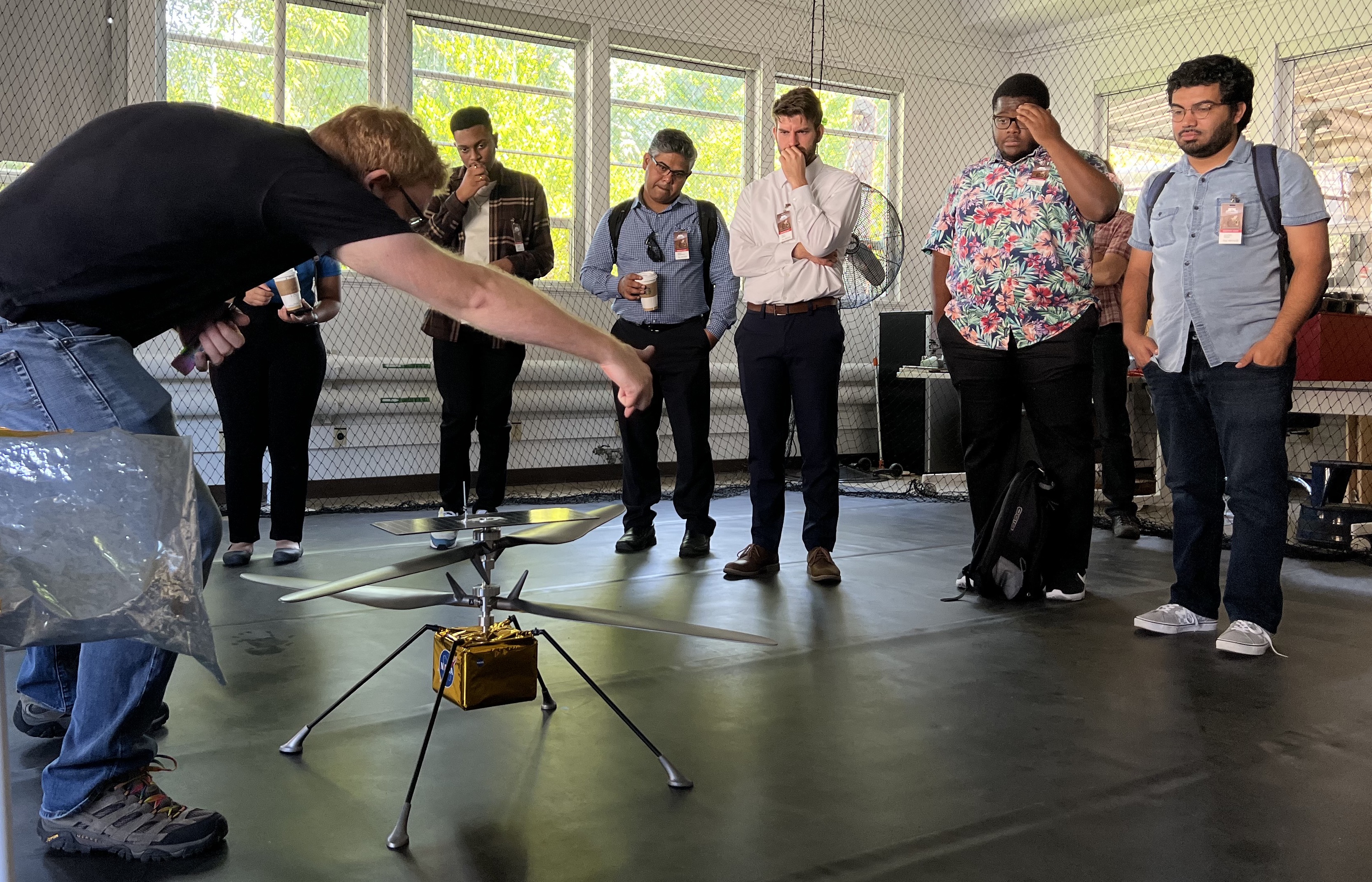
The FSU concept, under computer science professor Sambit Bhattacharya, is dubbed Autonomous Systems With On-Demand Inference From Perception Pipelines. The Massachusetts team, led by engineering professor Tomas Materdey, is working on a system of autonomous drones, recharging stations, and sensor nodes.
NASA’s Perseverance Makes New Discoveries in Mars’ Jezero Crater

Scientists have offered various theories why olivine is so plentiful over such a large area of the surface. One theory is that the olivine formed deep underground from slowly cooling magma – molten rock – before being exposed over time. Perseverance abraded a rock to reveal its composition; studying the exposed patch, the scientists homed in on the olivine’s large grain size.
NASA Scientists Help Probe Dark Energy by Testing Gravity
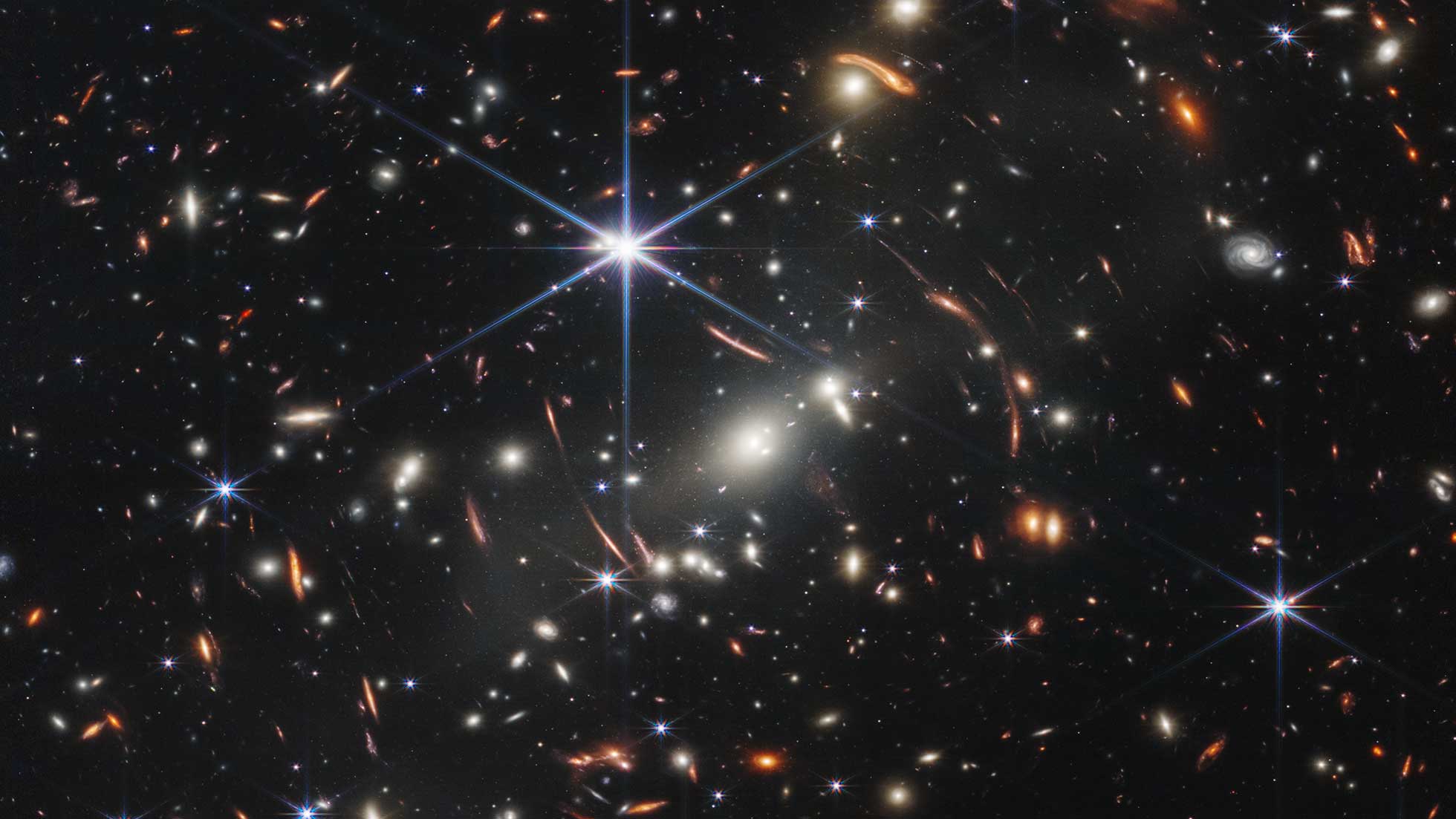
The universe is expanding at an accelerating rate, and scientists don’t know why. This phenomenon seems to contradict everything researchers understand about gravity’s effect on the cosmos. This potential misunderstanding might help scientists explain dark energy. But the study – one of the most precise tests yet of Albert Einstein’s theory of gravity at cosmic scales – finds that the current understanding still appears to be correct.
45 Years Ago: Voyager 2 Begins Its Epic Journey to the Outer Planets and Beyond

Voyager 2 carried out the first close-up observations of Uranus between Nov. 4, 1985, and Feb. 25, 1986. It returned more than 7,000 photographs of the planet, its rings and moons, discovering two new rings and 11 new moons. Voyager 2 took advantage of Uranus’ gravity to send it on to its last planetary destination, Neptune.
Voyager, NASA’s Longest-Lived Mission, Logs 45 Years in Space
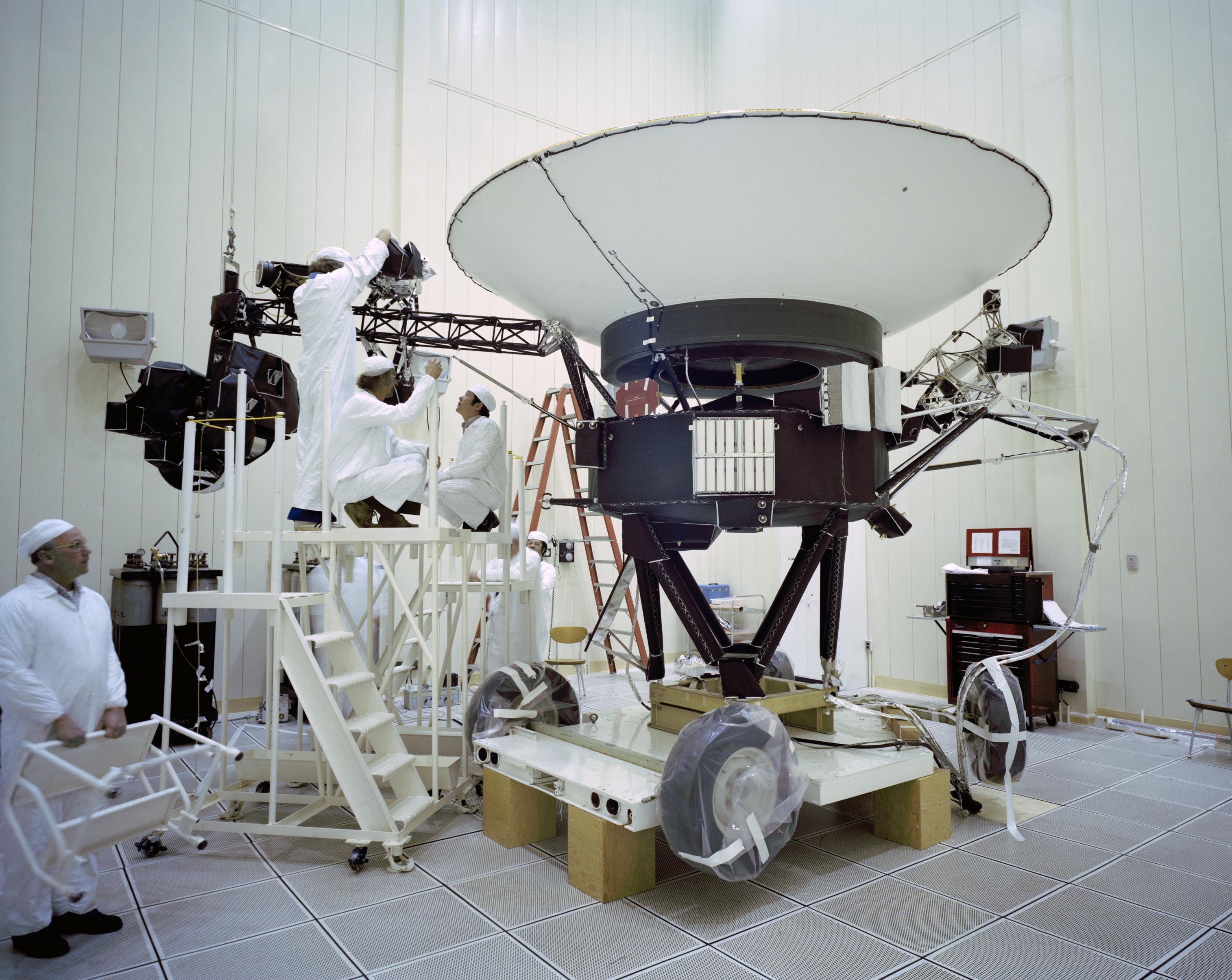
NASA's twin Voyager probes have become, in some ways, time capsules of their era. They each carry an eight-track tape player for recording data. Researchers are combining Voyager’s observations with data from newer missions to get a more complete picture of our Sun.

